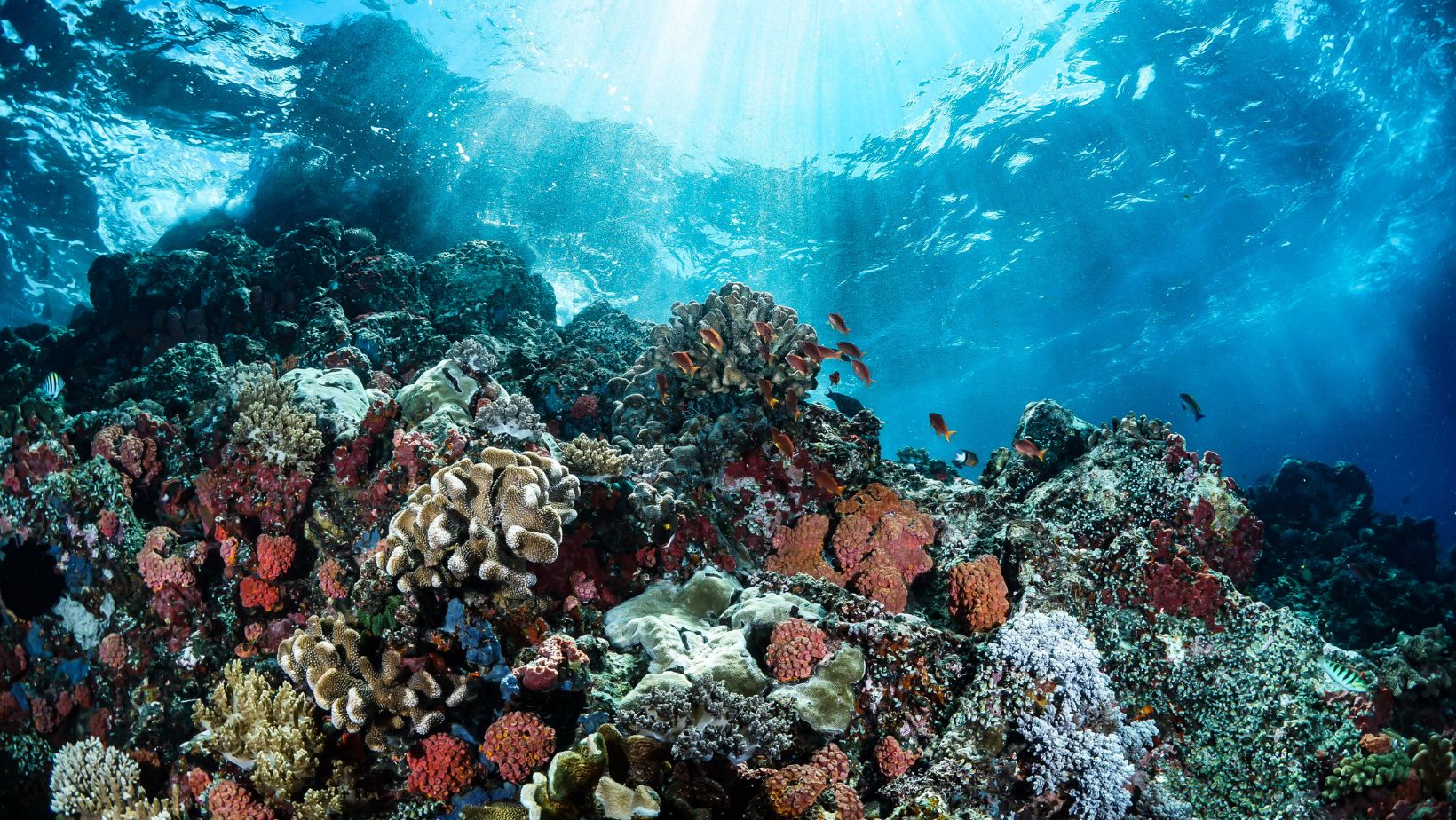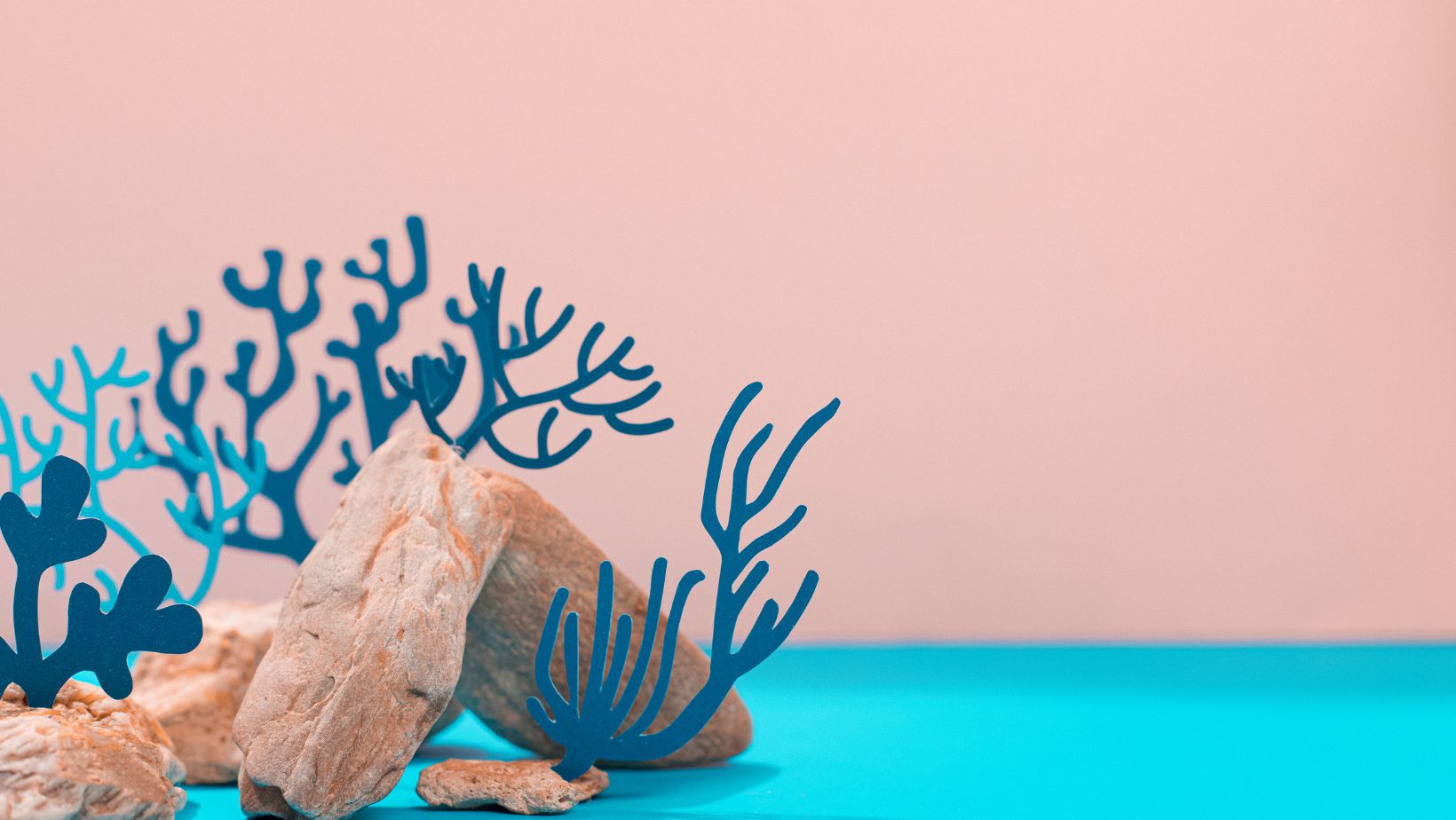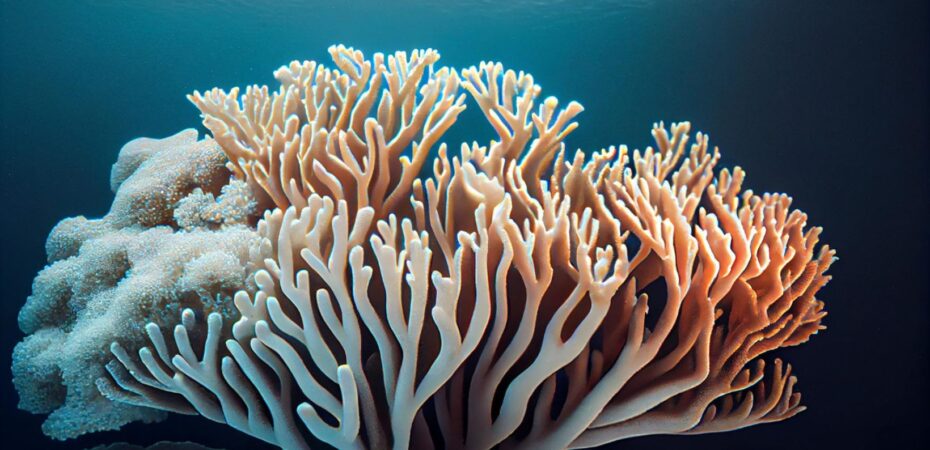Coral reefs, the “rainforests of the sea,” are under serious threat. Given the recent rapid decline in coral populations, it is likely that within two decades, 70 to 90% of the world’s coral reefs will have disappeared. Furthermore, coral reefs may have been completely gone by the year 2100. What is causing the death of coral reefs, and is there any chance of saving the organisms that makeup one of the richest ecosystems on Earth?
The Fragile Nature of Coral Reefs
Although coral reefs are home to nearly 25% of all marine species, these organisms are highly fragile and susceptible to human activities and other non-human-induced environmental changes.
Unfortunately, the innate nature of corals makes it quite difficult for them to recover from damage, especially if they are facing ongoing threats. Most importantly, these organisms grow rather slowly, usually no more than a few centimeters per year.
In addition, many reefs have low coral diversity, making it challenging for them to adapt to changes in the environment.
Factors Contributing to the Decline of Coral Reefs
The list of factors contributing to the decline of coral reefs is rather long. Below are the most common of them.
1. Climate Change
Rising ocean temperatures cause stress on coral polyps, which react by expelling their symbiotic algae. Without this layer of algae, the polyps turn white and become highly susceptible to diseases. This condition is known as “coral bleaching,” and many organisms cannot survive repeated bleaching events.
2. Pollution
Land-based runoff contains many pollutants, such as aggressive agricultural chemicals, construction materials from coastal development sites, and sewage, that severely disrupt the intricate balance of underwater ecosystems.

Excessive nutrients in the contaminated water promote harmful algal blooms. At the same time, sedimentation of pollutants known as smothering coral reefs deprives symbiotic algae of sufficient sunlight.
3. Water Acidification
Air pollution leads to an increase in carbon dioxide in the atmosphere, which is partially absorbed by water. This, in turn, causes ocean acidification, which makes it difficult for corals to build their skeletons of calcium carbonate. Without their solid structures, the polyps become weaker.
4. Unsustainable Fishing Practices
Some fishermen use destructive techniques that cause direct physical damage to corals. These include blast fishing and the use of cyanide to catch aquarium fish.
Overfishing of certain herbivorous species, such as surgeonfish and parrotfish, is particularly dangerous to corals since they control algal growth. At the same time, the imbalance in underwater ecosystems allows some fish, which are not naturally present in the coral reef ecosystem, to invade it and destroy polyp populations.
5. Physical Damage
Some human activities, particularly boat anchoring and diving, can cause direct physical damage to corals.
Methods to Mitigate Threats
Massive changes on Earth pose a major threat to corals, and their survival is only possible if collective action is taken.
Combating climate change and pollution is of utmost importance for the survival of many species on our planet, including corals.

Another step to protect corals is the establishment of marine protected areas with restrictions on tourism and fishing.
In the meantime, there is a need to invest in coral restoration, especially in developing techniques to transplant coral species that can cope with the new ecological conditions.
In addition, education plays a great role in ecological restoration. Raising awareness of the dramatic state of coral reefs and their significance for nature can help reduce the harmful impact caused by humans.
Support for Coral Reefs
The sponsor of the article is “Aquaforest – saltwater aquarium supplies.” Aquaforest is a manufacturer of supplements for marine organisms and equipment for saltwater tanks with a particular passion for corals. With its unique products, Aquaforest supports the breeding of even the most demanding coral species and contributes to their conservation.


 By
By 



